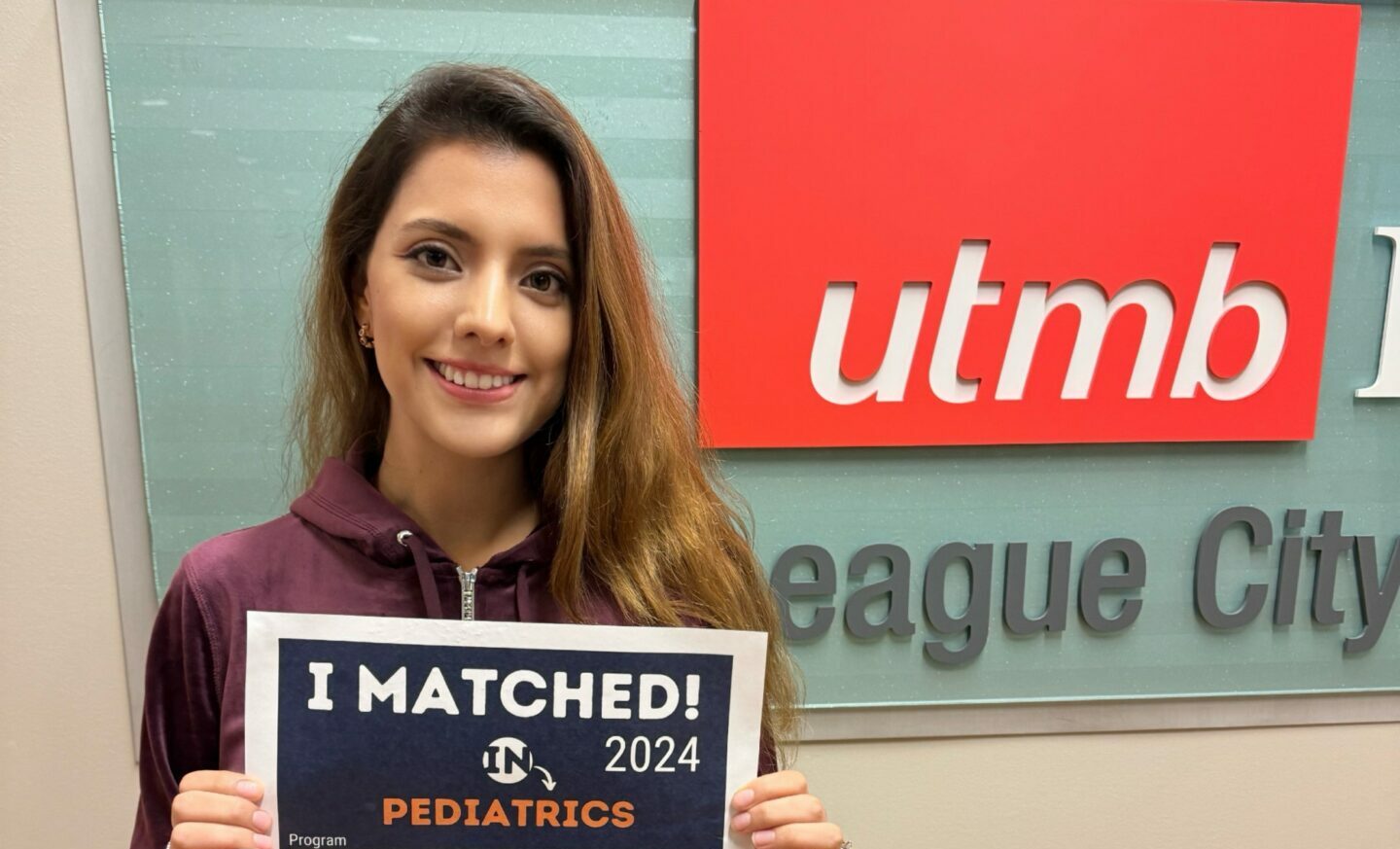The curriculum vitae (CV) is a vital part of any application process, including the residency matching program process. Many program directors look at an applicant’s CV as the first step towards determining whether the applicant would be a good fit for the program. While the CV should give some information on your personal and professional qualifications, achievements, and personal history, it should also be a favorable image of your strengths to garner enough interest for an interview.
An effective CV should be well thought-out. Crafting a CV starts by compiling all useful and relevant information in well-organized categories. The information should be clear, concise, and relevant. CVs are typically two-to-four pages long, although there is no specified page number. Reviewing and revising the document is also key to ensuring accuracy and professionalism. Sometimes, it helps to have another professional read over your CV to spot any errors.
The C.V should follow the following format:
- Contact Information
- Personal Data
- Educational Background
- Employment Experience
- Professional Affiliations & Honors
- Publications, Presentations & Other Activities
- References
The Contact Information section should be located at the top of the first page. It should include your full legal name, address, telephone number, and email. Make sure to include names in their entirety (ex: Street, North, etc.)
While a CV is a professional document and sharing personal data such as marital status, age, etc. is a matter of choice, some institutions expect this information. Thus, you should provide this information in the Personal Data section. Many students also provide a picture, this is optional.
The Educational Background section includes information regarding your training. Your most recent training experiences should be listed first. While you can choose how you list the information (be it by degree first, date first, or institution first), you should remain consistent throughout. Specificity is key. Be sure to list your major, the year you received your degree, name of degree, complete name of institution without any abbreviations, and the location of the institution.
In the Employment Experience section, you should start by separating fulltime and part-time employment entries. If you have not worked, do not worry, while many U.S. students will take part time or internship positions before they match, Residency coordinators and directors are aware that this is uncommon among international students.
You should start by listing your most current employment experience and the following experiences in reverse chronological order. Each of these entries should include your employer’s name and address, job title, and date of employment. Additional information to include may be your successes and achievements, certification/licensing, job duties, or research interests. Be sure to account for every single year of your professional career. While it is tempting to include a lot of information in each entry, try to keep all the information relevant and concise.
In the Professional Affiliations & Honors section, you should include information on your current and former membership in professional organizations. If you have any significant appointments or positions on certain committees, include them along with the date of appointment and any significant activities completed under your direction. You can use this space to also list an honors received in from professional, academic, or related organizations. The commentary on these honors should be brief to avoid exaggeration and a perception of arrogance.
Under the Publications, Presentations & Other Activities section, you should list your professional accomplishments. Some potential subheadings in this section include: publications, presentations, invited lectures, abstracts, research activities, and community service. Make sure to give full bibliographic entries for any publications for easier access.
Finally, your References section closes out your CV For each reference, make sure to include a name, position, address, telephone number, and email. If you would prefer to leave these out, it is best to write “references available upon request”. Your letters of recommendation will provide these references, so it is not a necessity for the Match.
Be sure to print your CV on standard 8 ½” by 11” white paper, with print on side only. All pages should be clean and without smudges. A single staple in the upper left-hand corner should secure the pages together.
Your CV is a reviewer’s first impression of you. At the time of the reviewer’s first reading, your CV should be an accurate representation of who you are. Consistency of information and formatting is key throughout the entire CV While there is no singular way to craft an effective CV, keeping in mind the aforementioned tips should help provide a start.
Have you completed your CV? Attach it to your AMO account here and begin applying for rotations!







I need for job
Naseem,
AMO does not provide jobs or job placement services. We specialize in providing short-term clinical experiences for a fee. Is this something you are still interested in learning more about?
Regards,
Stephanie
My CV is on my USB drive and can I take a picture of it or hand written?
Hello Abel,
It is best if your CV is in PDF form. I recommend you upload it to your computer and then upload it from there onto your AMO account. If you need assistance with this please send an email to support@amopportunities.org and an AMO advisor will be happy to help!
Regards,
Stephanie
Thanks for accepting my request and I will send my CV via email
Thanks for the relevant information.
I just now wanted to thank you once more for the amazing web site you have produced here.
It’s full of ideas for those who are actually interested in this
kind of subject, primarily this very post.
You’re really all so sweet as well as thoughtful of
others in addition to the fact that reading the blog posts is a great delight if you ask me.
And that of a generous gift! Ben and I will certainly have pleasure making use of
your ideas in what we must do next week. Our collection of ideas is a
distance long which means that your tips might be put
to excellent use.